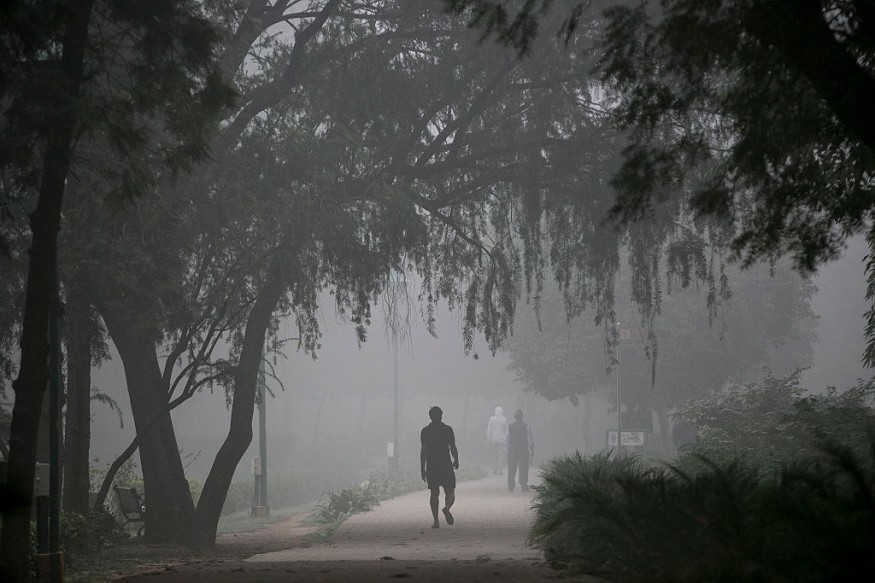Since introducing a national initiative to address the issue, India's efforts to improve its harmful air quality have failed, with the number of smog-plagued cities growing.

A policewoman wears a mask to protect herself from air pollution at a junction during restrictions on private vehicles based on registration plates on a smoggy morning in New Delhi. November 4, 2019.
According to the Centre for Research on Energy and Clean Air, there are currently 132 cities with pollution levels below national requirements, up from 102 when the National Clean Air Programme began in 2019.
Attempts to Improve Air Quality
Limited financing, a lack of stricter emissions requirements for enterprises ranging from metal smelters to oil refineries, and delayed progress on installing monitoring stations, according to CREA, are all impeding efforts to improve air quality.
In the paper, authors Shivansh Ghildiyal and Sunil Dahiya recommend that India's government "begin acting on a war-like scale" to meet pollution reduction objectives. "Strong initiatives across sectors should be taken to reduce emission burdens."
Related Article : Environmental Agency Allegedly Told Staff to Ignore Reports on Low-Impact Pollution Due to Budgetary Reasons
Living in Dirty Air

More than 90% of India's population lives in locations where air quality falls short of WHO guidelines, with coal-fired power stations, industry, and automobiles among the top polluters. During the winter, due to farmers' burning of agricultural stubble, the situation intensifies, blanketing northern cities, including the capital New Delhi, in stifling pollution.
According to the CREA research, India's national policy intends to cut particulate matter emissions by up to 30% from 2017 levels by 2024. Still, so far, just a few cities and none of the country's state-level agencies have developed action plans.
Because pollution causes change from city to city, it's critical to expediting research on air quality in various areas, according to Dahiya. "Knowing how much each source contributes to the problem might lead to more effective use of time and money," he added.
Prime Minister Narendra Modi's government has been chastised in the past for extending deadlines for power plants to meet pollution limits. It has yet to establish a target for reducing coal use, accounting for 70% of the country's electrical generation.
Worsening Air Pollution

In India, air pollution is a major health concern. In 2019, India will have 21 of the world's 30 most polluted cities. According to research based on 2016 statistics, at least 140 million people in India breathe air ten times or more polluted than the WHO acceptable limit. India is home to 13 of the world's 20 cities with the worst annual air pollution levels. Industrial pollution accounts for 51% of pollution, whereas cars account for 27%, crop burning accounts for 17%, and miscellaneous sources account for 5%. Every year, 2 million Indians die prematurely due to air pollution.
Emissions from automobiles and industry, but biomass burning for cooking and heating is a major source of pollution in rural regions. Large-scale crop residue burning in agriculture fields - a cheaper alternative to mechanical tilling - is a major source of smoke, haze, and particle pollution in the autumn and spring months. Although India has low per capita greenhouse gas emissions, the country is the third greatest emitter of greenhouse gases after China and the United States. According to a 2013 research of non-smokers, Indians had 30 percent worse lung function than Europeans.
For more news update about Environmental Action, don't forget to follow Nature World News!
© 2026 NatureWorldNews.com All rights reserved. Do not reproduce without permission.





